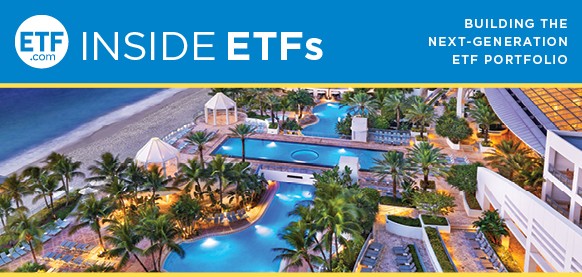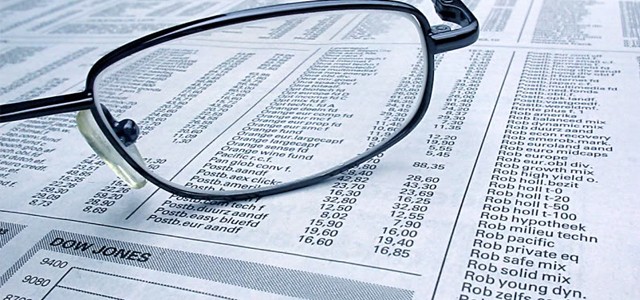A Look Inside The World Of Forex ETFs
Post on: 14 Июнь, 2015 No Comment

A Look Inside The World Of Forex ETFs
I love going to our annual Global Profits Alert seminars in Houston every year, aside from the part where I have to wear a suit in Houston in June, because our attendees are a savvy bunch and always ask plenty of great questions. Last weekend was no exception and in my haste in preparing some materials pertaining to my presentations, I neglected to cover foreign currency ETFs, so consider this weeks column a make-up on that front.
The timing could not be better because the chart of the U.S. dollar is just flat out ugly. Some pundits would lead us to believe this is a relatively new phenomenon. To that I say they are misinformed or poor students of history because the dollar has been getting weaker and weaker since Bretton Woods II and that was in the early 1970s. The chart below tells indicates as much and highlights anyone that is suddenly on the weak dollar bandwagon in 2011 is very late to the party.
Fortunately, there are alternatives to dollar-denominated assets and that doesnt mean investors need to get involved in the high-risk world of forex trading. I admit I see the allure in forex trading for some folks. Its the most liquid financial market in the world and being able to trade 24 hours a day, five days a week is convenient not to mention the sizable leverage most forex brokers offer.
Still, the forex trading arena isnt for everyone, but holding a portion of a portfolio in non-dollar assets should be for everyone. Theres an ETF, actually dozens, for that.
Currency ETFs burst onto the seen in 2005 and I would point rookie currency ETF investors to CurrencyShares, which issues a healthy amount of currency funds, including ETFs for the British pound, the euro, the Swedish krona and the Japanese yen, among others. Deutsche Bank just introduced a new suite of five currency ETFs and PowerShares has a couple in their stable as well.
There are a couple of important factors investors need to remember when it comes to currency ETFs, one of which I talked about in Houston last weekend. First, due to the leverage employed in the forex market, small moves in a currency pair can generate substantial profits (or losses) for a trader. While there are some leveraged currency ETFs, a regular, unleveraged ETF isnt going to be as exciting (or risky) as directly trading forex.
For example, if the British pound rises 1% against the U.S. dollar on Thursday, the CurrencyShares British Pound Sterling Trust (NYSE: FXB) will rise 1%. If youre long FXB, you make $1 for every $100 you invested in FXB. A 1% move in a leveraged forex account is HUGE and to say it simply, you would make a lot more than $1.
Second, currency ETFs share a similarity with ETFs that are backed by physical metals such as the SPDR Gold Shares (NYSE: GLD). One of the sources of controversy surrounding GLD and comparable ETFs is that critics say investors expect their shares to be redeemable for physical gold upon sale. That is not the case. The same goes for currency ETFs. If you own FXB (or any of the others) and sell it, you simply take your gain. FXB shares are not redeemable for sterling.
There are also tax issues with currency ETFs that investors should note. This is courtesy of Investopedia because I view this as one of the best explanations on this issue out there:

Most currency ETFs are in the form of grantor trusts. This means the profit from the trust creates a tax liability for the ETF shareholder, which is taxed as ordinary income. They do not receive any special treatment, such as long-term capital gains, even if you hold the ETF for several years .
Alright, thats my intro lesson to currency ETFs. Next week, Ill take a look at individual funds and more sophisticated concepts that these ETFs are good for.
Best Wishes,
Todd Shriber
www.globalprofitsalert.com














